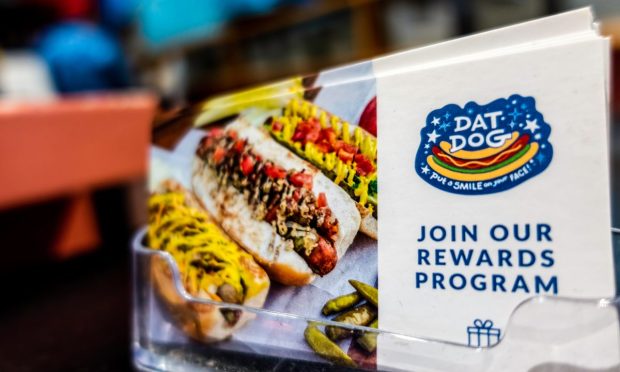As Prices Rise, Restaurants Reevaluate Free Food Loyalty Incentives

Amid ongoing food price inflation, many restaurants are finding that their loyalty programs are their best tool to combat trade-down to grocery, enabling them to incentivize visits and maintain continuous communication with their fans. Yet, some brands are noticing that these loyalty programs can be a double-edged sword.
Chili’s, for one, has noted that the amount of free food that its loyalty program has offered in the past is proving unsustainable. As Kevin Hochman, president and CEO of Brinker International and president of Chili’s, told analysts on a call Wednesday (Aug. 24) discussing the company’s fourth-quarter fiscal year 2022 financial results, the brand is reallocating that spending toward targeted marketing.
“We’re going to reboot the My Chili’s Rewards program,” Hochman said. “We probably will still give some things away, but it will be focused more on compressing the time between visits for our loyal guests, and we think we can make that loyalty program more traffic driving, but less costly with a better strategy and execution based on key customer insights.”
Certainly, Chili’s is far from the only restaurant brand reevaluating its loyalty strategy as both maintaining customer frequency and managing margins become more pressing concerns. Take, for instance, baked goods and coffee chain Dunkin’, which is testing a new rewards program, Dunkin’ Rewards, after more than eight years of its DD Perks program, in a move first noted earlier this month by Redditor iDontWantYourPoints and later confirmed by the company to Axios.
“When we set out to improve DD Perks, we asked our members what they wanted to see in a new program,” Dunkin’ Americas President Scott Murphy told the outlet. “They told us three things: flexibility, variety and recognition.”
Taking the opposite approach to Chili’s, Dunkin’ is making it easier for consumers to redeem free menu items. Currently, the new program is being pilot tested in California, with the company’s website noting that it is “coming soon” to other areas.
These changes come as an increasing number of consumers seek out loyalty rewards. For instance, earlier this month, Restaurant Brands International CEO Jose Cil noted in an interview with CNBC that customers of the company’s brands — Burger King, Tim Hortons, Popeyes and Firehouse Subs — are using more coupons and redeeming more rewards program offers.
As of February, nearly one in three U.S. consumers reported using restaurant rewards programs each month, according to data from the March/April edition of PYMNTS’ Digital Divide series, “The Digital Divide: Regional Variations in U.S. Food Ordering Trends and Digital Adoption, created in collaboration with Paytronix. The study, which drew from a survey of more than 2,500 U.S. adults who regularly buy food from restaurants, found that 30% of those surveyed had used a loyalty program in the prior 30 days.
Read more: New Research Shows That Regional Dining Quirks Matter in Tailoring Restaurant Offers
Additionally, the same study found that about one in four consumers considered the ability to earn loyalty rewards when deciding between quick-service restaurants (QSRs), and 17% did so when deciding between full-service restaurants (FSRs).
